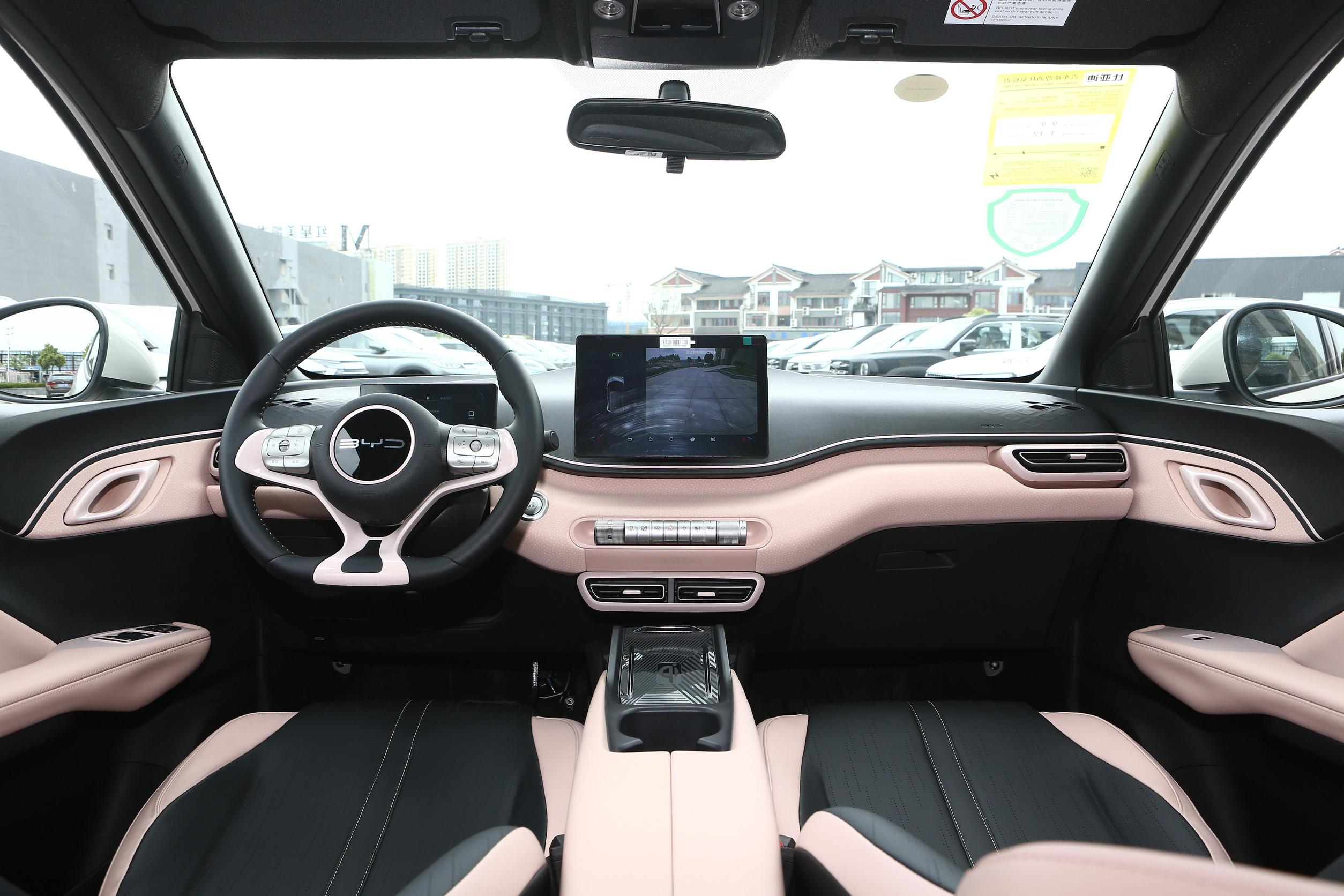
Nov . 18, 2024 17:47 Back to list
collectible metal lunch boxes manufacturer
The Fascinating World of Collectible Metal Lunch Boxes A Dive into Manufacturing
Metal lunch boxes are more than just functional items designed to carry food. They have evolved into collectibles that evoke nostalgia and represent a unique blend of art, culture, and personal expression. The manufacturing of these iconic items is a fascinating process that mirrors the changing trends in design, technology, and consumer preferences.
The History of Metal Lunch Boxes
Initially popularized in the 1950s, metal lunch boxes became a staple for schoolchildren. Their designs were often adorned with characters from popular television shows, movies, or comic strips, which made them highly sought after. Early manufacturers like Aladdin Industries and Thermos Company played significant roles in creating these iconic products. The lunch boxes were not only practical but also a canvas for vibrant artwork that resonated with kids and sparked their imaginations.
The Manufacturing Process
Creating a collectible metal lunch box involves a blend of artistry, engineering, and attention to detail. The process begins with the design phase. Manufacturers typically collaborate with graphic artists, illustrators, and licensing companies to develop themes that will appeal to consumers. This collaboration is crucial, as the success of a lunch box often hinges on its design.
Once the design is finalized, the manufacturing process kicks off. The first step involves cutting sheets of metal into the desired shapes. High-quality steel or aluminum is often used for its durability and light weight. After cutting, the pieces are shaped using specialized machinery. This phase includes stamping the metal for the lid, body, and handle, ensuring they fit together seamlessly.
Printing the Artwork
After shaping the metal, the next step is applying the artwork. Manufacturers often use lithography or silk screening to ensure the images are vivid and resistant to fading. This step requires precision, as any misalignment can ruin the final product. High-quality inks and coatings are essential in this phase to withstand the wear and tear that lunch boxes encounter over time.
collectible metal lunch boxes manufacturer

Assembly and Quality Control
Following the artwork application, the different components of the lunch box are assembled. This process requires skilled workers who ensure that each box is put together correctly and adheres to quality standards. Quality control is a vital part of manufacturing. Each lunch box is inspected for defects, including issues with seams, print quality, and structural integrity. Only those that meet the high standards set by the manufacturer are deemed acceptable for sale.
Market Trends and Collector Interest
In recent years, there has been a resurgence of interest in vintage and themed metal lunch boxes among collectors. Nostalgia plays a significant role in this trend, with adults seeking to reclaim their childhood memories. Collectible lunch boxes featuring popular culture icons, such as superheroes, animated characters, and classic films, are particularly in demand. Manufacturers have recognized this trend and are increasingly producing limited-edition runs, which can drive up the value among collectors.
With the rise of the Internet, collectors now have access to online marketplaces where they can buy, sell, and trade lunch boxes. This digital evolution has expanded the market, connecting enthusiasts worldwide and creating a vibrant community centered around this unique collectible.
The Future of Metal Lunch Boxes
As we look to the future, the manufacturing of metal lunch boxes is poised to adapt to changing consumer preferences and technological advancements. Innovation in materials could lead to even more lightweight and durable products, while sustainability efforts might encourage manufacturers to explore eco-friendly options. Customization is also likely to become a trend, allowing consumers to design their own lunch boxes, appealing to the individual expression that today’s consumers seek.
In conclusion, collectible metal lunch boxes represent a fascinating intersection of design, nostalgia, and manufacturing excellence. From their historical roots to modern-day collectibles, these items tell a story of cultural evolution and consumer engagement. As manufacturers continue to innovate and adapt, the allure of metal lunch boxes is likely to endure, captivating new generations of collectors and enthusiasts alike.
-
New Energy Vehicles with GPT-4 Turbo AI
NewsAug.02,2025
-
Premium 26 Gauge Galvanized Steel Coil Maker | Quality
NewsJul.31,2025
-
GPT-4 Turbo New Energy Vehicles: AI-Driven Efficiency & Smart Mobility
NewsJul.31,2025
-
Electric Vehicles for Sale: New Cars, Used Cars & NIO ES8 Offers
NewsJul.30,2025
-
BYD New Energy Vehicles: Innovative New Cars for a Greener Future
NewsJul.29,2025
-
New Energy Vehicle with High Cost Performance & Endurance
NewsJul.29,2025